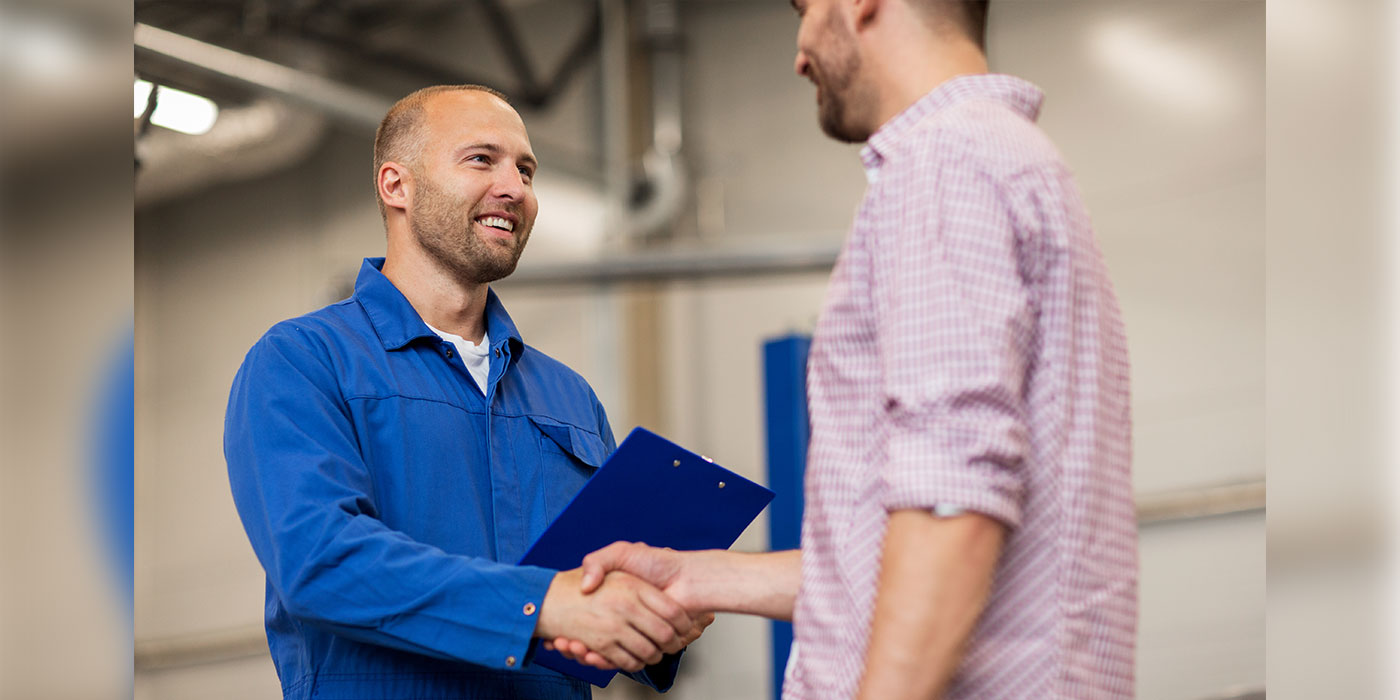It’s not just a product’s quality that compels consumers to purchase it. More people today care about how the item was manufactured and whether the company is harming the environment.
Studies show sustainability is a factor driving customers’ buying decisions. Recent research by IBM revealed that nearly six in 10 consumers surveyed are willing to change their shopping habits to reduce environmental impact, and nearly eight in 10 indicated sustainability is important to them.
That’s why companies can’t afford to pay only lip service to sustainability issues, says David Radlo, best-selling author of Principles of Cartel Disruption: Accelerate and Maximize Performance and an internationally recognized expert on corporate innovation and leadership.
“Organizations are under increasing pressure from customers, investors, employees, banks, legislators and insurance companies to embrace social and environmental concerns,” Radlo says. “Studies increasingly show that the business benefits of sustainable strategies can be quantified and are real. There is a significant amount of money to be made and saved in the area of sustainability. It can give you a competitive advantage and improve your brand image, and it can also spur innovation.”
Radlo offers these points on how companies can prioritize and improve sustainability while turning it into a win-win for the environment and their business:
- Assess your company’s sustainability level. “Most companies don’t know where to start,” Radlo says. “You start with a complete assessment. As it is conducted, link your sustainability efforts to the strategic plan and how it will impact your stakeholders. Determine your current status and what improvements you’d like to make.”
- Identify ways to reduce waste and emissions. “Waste and pollution are indicators of inefficiencies, which tend to generate unneeded costs and environmental problems,” Radlo says. “The goal is to achieve breakthroughs that would lead to manufacturing without any form of waste and no carbon-equivalent emissions. Waste elimination is achieved at the source through product design, producer responsibility and waste reduction strategies down the supply chain. Some concepts to eliminate waste include cleaner production, product dismantling, recycling, reuse and composting.”
- Create an implementation plan and operationalize. “Develop your people for this important transition,” Radlo says. “Along the way, improve your processes and focus on the outcomes you wish to achieve. What measurement can you put into place concerning your customers, employees, stakeholders, and shareholder loyalty?”
- Permeate the work culture — in addition to financial sustainability — with a go-green mentality. “The more that overall sustainability is ingrained and practiced in your culture, the stronger the company’s commitment is, and the message spreads organically and authentically,” Radlo says. “When your organization becomes a steward of the environment and you fully integrate sustainability into your culture, the company now has a long-term vision and the processes in place to continue it.”
“Sustainability works for the greater good of any organization,” Radlo concludes, “and it creates progress toward environmental and social improvement.”














